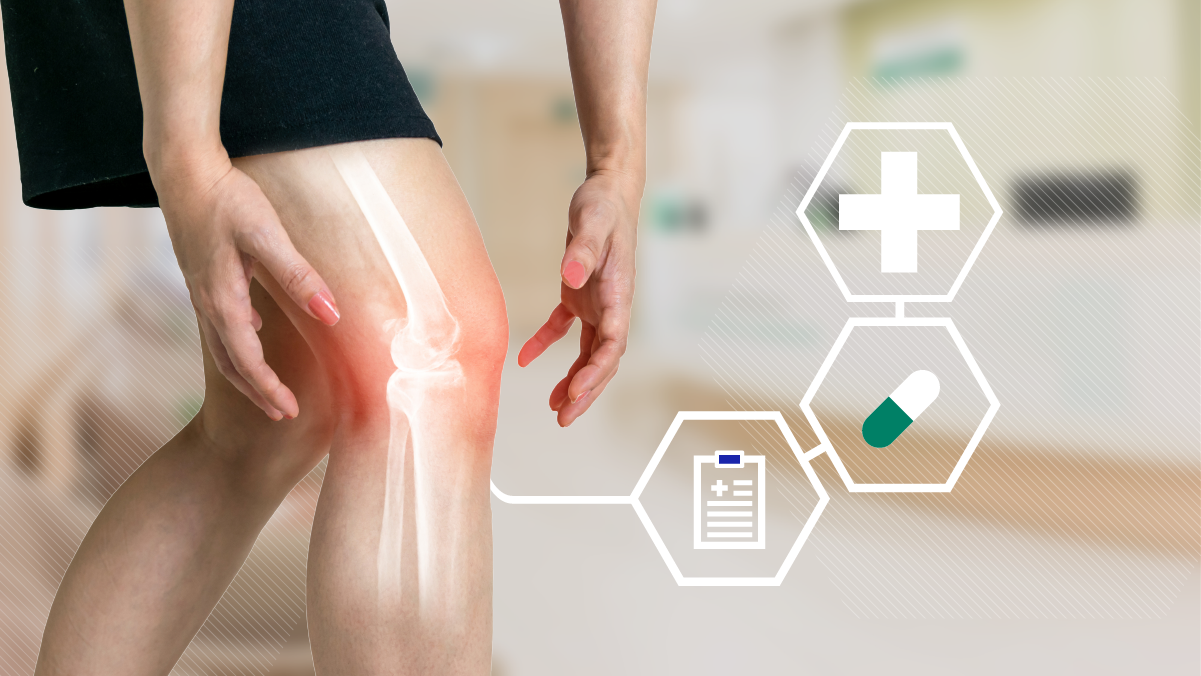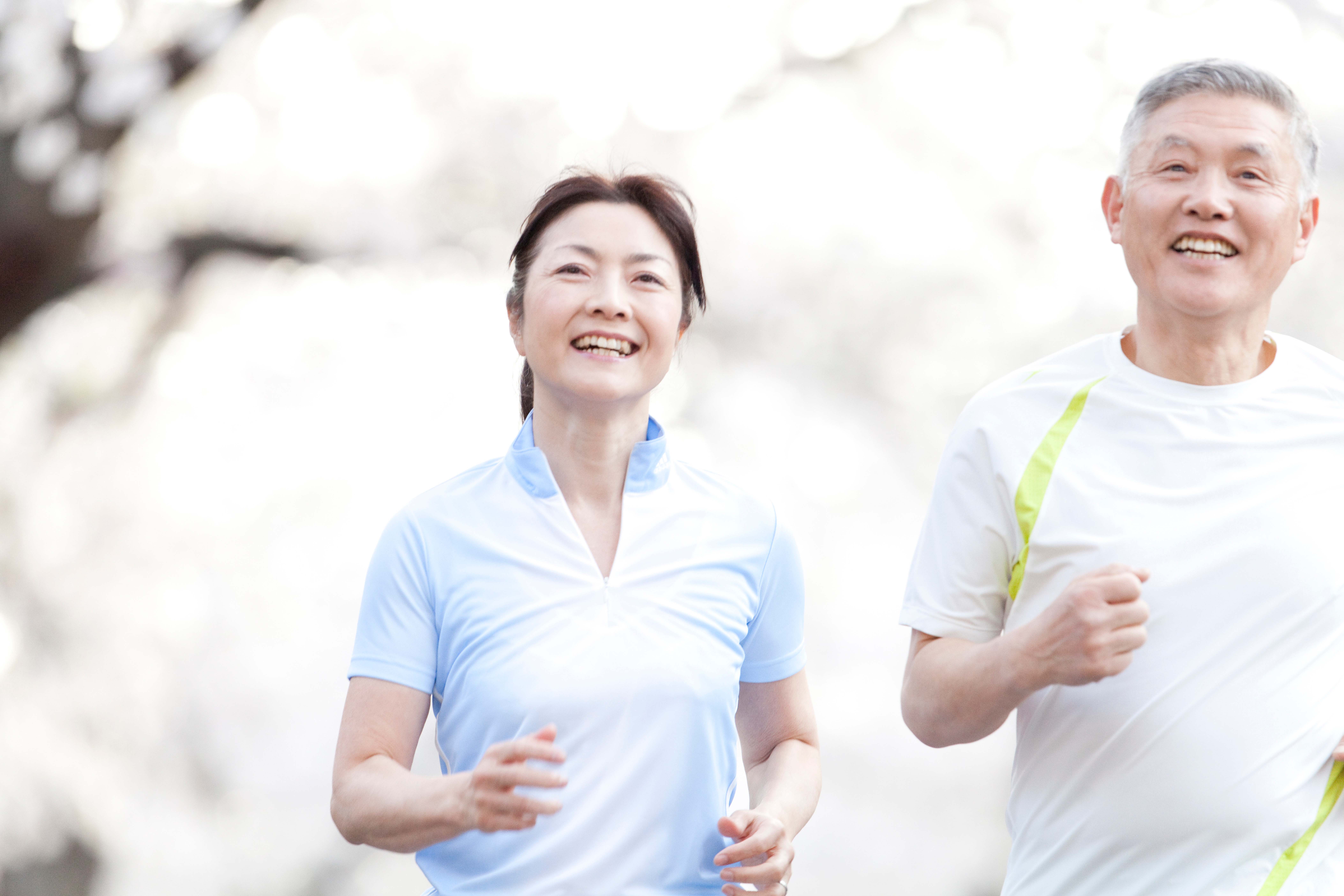Apr 18, 2025

Many people may have heard of or are familiar with “knee osteoarthritis” as it is a disease often found in the elderly or grandparents, where family members may frequently hear them complain about knee pain, leg pain, or difficulty walking. However, did you know? The common symptom of knee osteoarthritis is knee joint pain, which can greatly affect daily life. This article will introduce everyone to knee osteoarthritis and treatment methods that help slow the degeneration of the knee joint and prevent further deterioration, enabling the elderly and all knee osteoarthritis patients to move and carry out daily activities with the most happiness.
Knee Osteoarthritis (OA: Knee Osteoarthritis) is a disease caused by the degeneration and wear of the cartilage surface of the knee joint due to age or other factors such as being overweight, overusing the knee joint, previous injuries, or underlying diseases. The common symptom of osteoarthritis in most patients is knee joint pain, which can lead to inflammation inside the knee joint. If left untreated, it may increase the severity of the disease and damage to the knee joint. Therefore, if there is any abnormality in the knee joint, consult a doctor and receive proper treatment to prevent worsening symptoms and impacts on daily life.
Knee osteoarthritis can arise from multiple causes. The reasons for cartilage degeneration and wear include:
Increasing Age: The primary cause, as the cartilage at the knee joint deteriorates with age.
Exceeding Standard Weight: Excess weight increases pressure on the knee joint, accelerating cartilage wear.
Daily Activities: Overlooked causes include habits that strain the knee, such as climbing stairs, frequent heavy lifting, prolonged kneeling, squatting, or sitting cross-legged.
Previous Injuries: Those with prior knee injuries (e.g., fractures, dislocations, ligament tears) are at higher risk.
Underlying Diseases: Conditions like gout or rheumatoid arthritis increase susceptibility.
Frequent Knee Pain: Pain lasting over 6 months, especially during activities like walking long distances, squatting, or sitting cross-legged.
Stiffness: Difficulty fully extending or bending the knee, particularly in the morning or after inactivity.
Grinding Sounds: Audible noises during knee movement.
Swelling: Inflammation or warmth in the knee joint.
Tenderness: Pain when pressing the knee, especially the inner side.
Most common in the elderly due to age-related cartilage degeneration. However, it can also occur in individuals aged 40+ or younger due to heavy knee use or high-impact daily activities.
Painkillers/Anti-Inflammatories: E.g., paracetamol for quick relief.
Lifestyle Adjustments: Avoid heavy lifting, prolonged sitting/standing, and knee-straining postures.
Weight Loss: Reduces pressure on the knee joint.
Knee Muscle Exercises: Low-impact activities like swimming or physical therapy.
Steroid Injections: For acute inflammation (short-term use).
Artificial Joint Fluid Injections: Lubricates the joint in early to moderate stages.
PRP (Platelet-Rich Plasma) Injections: Uses concentrated platelets to promote healing.
Physiotherapy: Strengthens muscles around the knee.
Knee Replacement Surgery: Replaces damaged joints with prosthetics (minimally invasive options available).
Maintain a healthy weight.
Avoid activities that strain the knees (e.g., squatting, sitting cross-legged).
Exercise regularly with low-impact activities.

